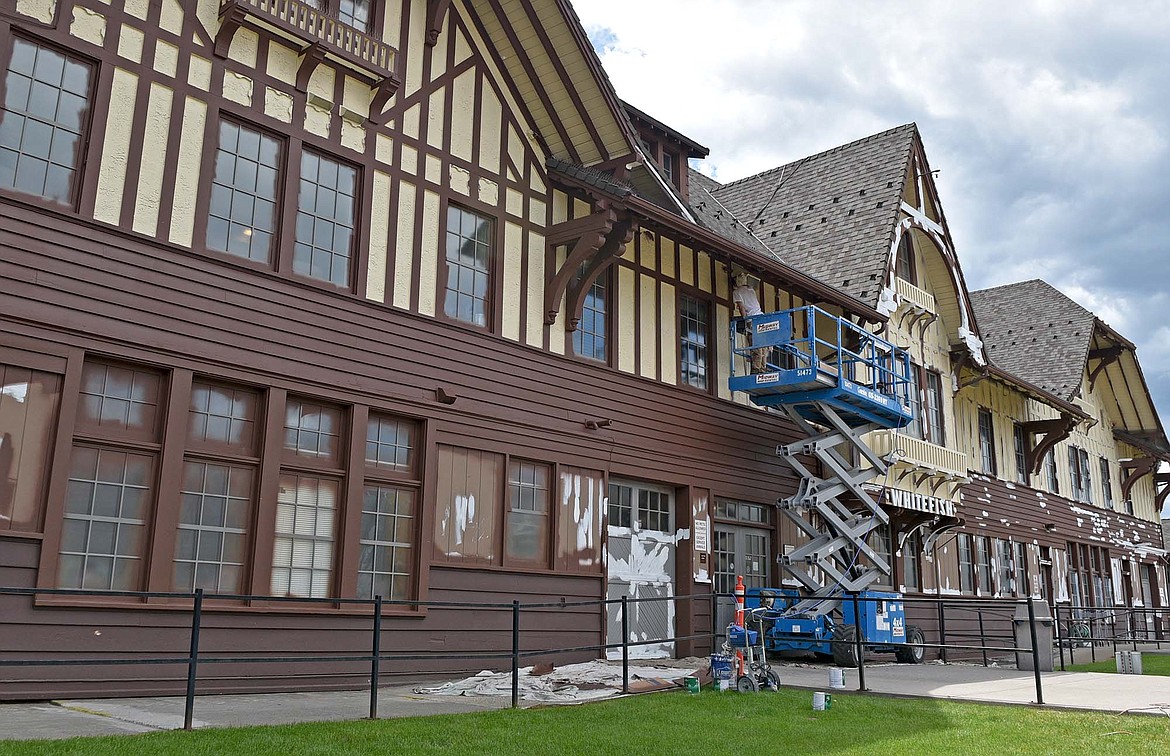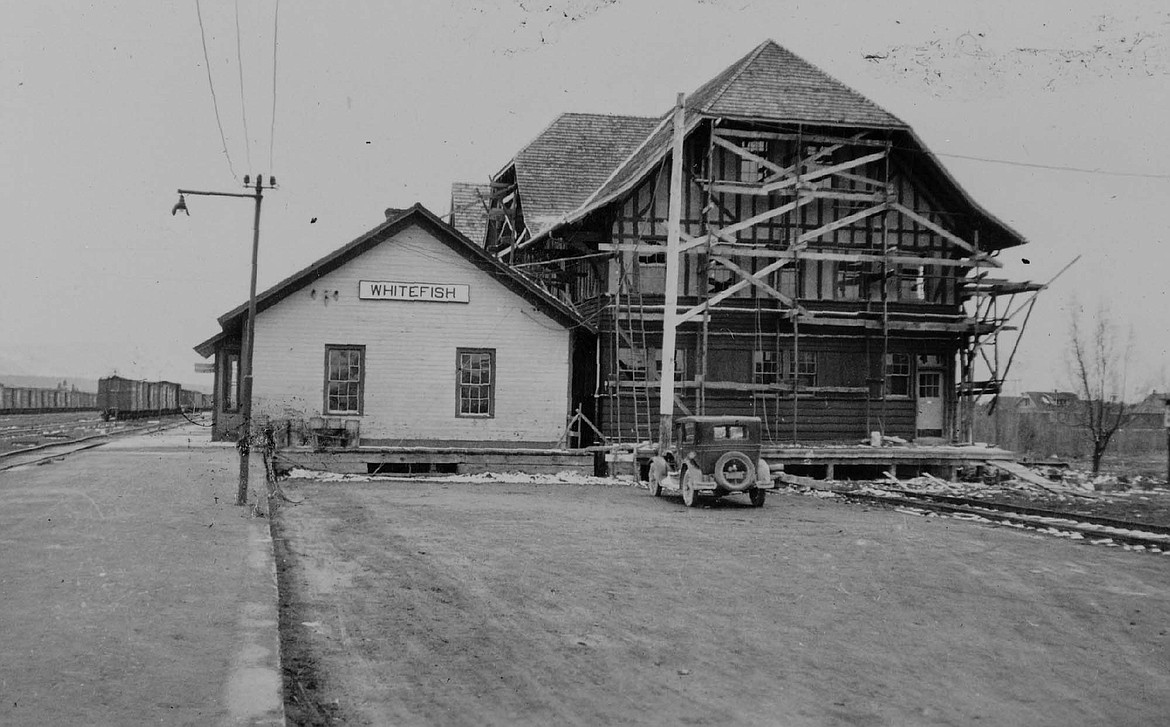Heart of Whitefish: Recent painting project restores historic beauty of a town treasure
At the north end of downtown, the Whitefish Depot has classic Tudor-style architecture with a similar appearance to historic buildings in Glacier National Park, offering a glimpse into the past that formed the City of Whitefish.
First constructed in 1927, the Whitefish Depot was truly the beginning of a more vibrant town and to this day is an iconic symbol for the railroad-turned ski town...
Become a Subscriber!
You have read all of your free articles this month. Select a plan below to start your subscription today.
Already a subscriber? Login







